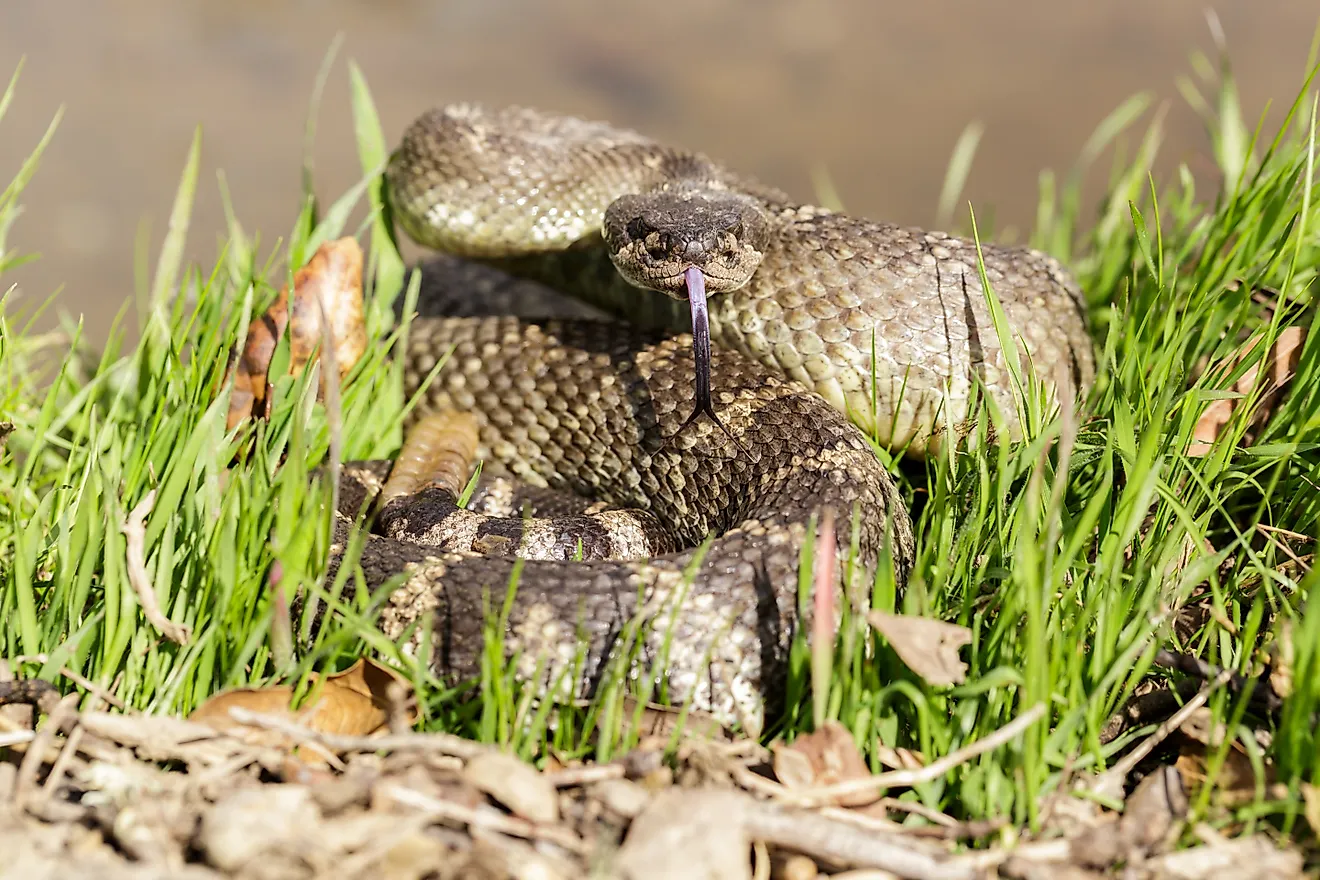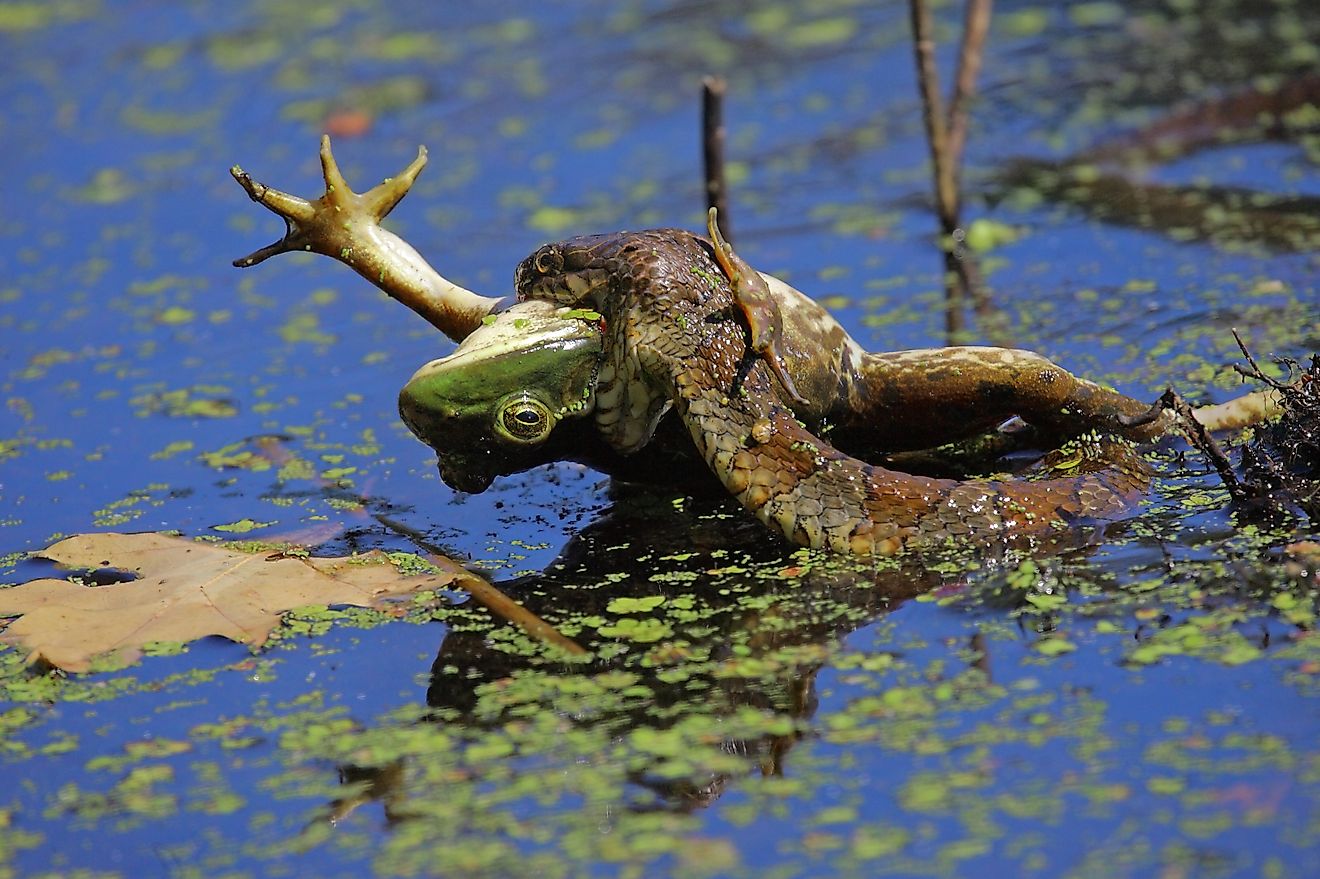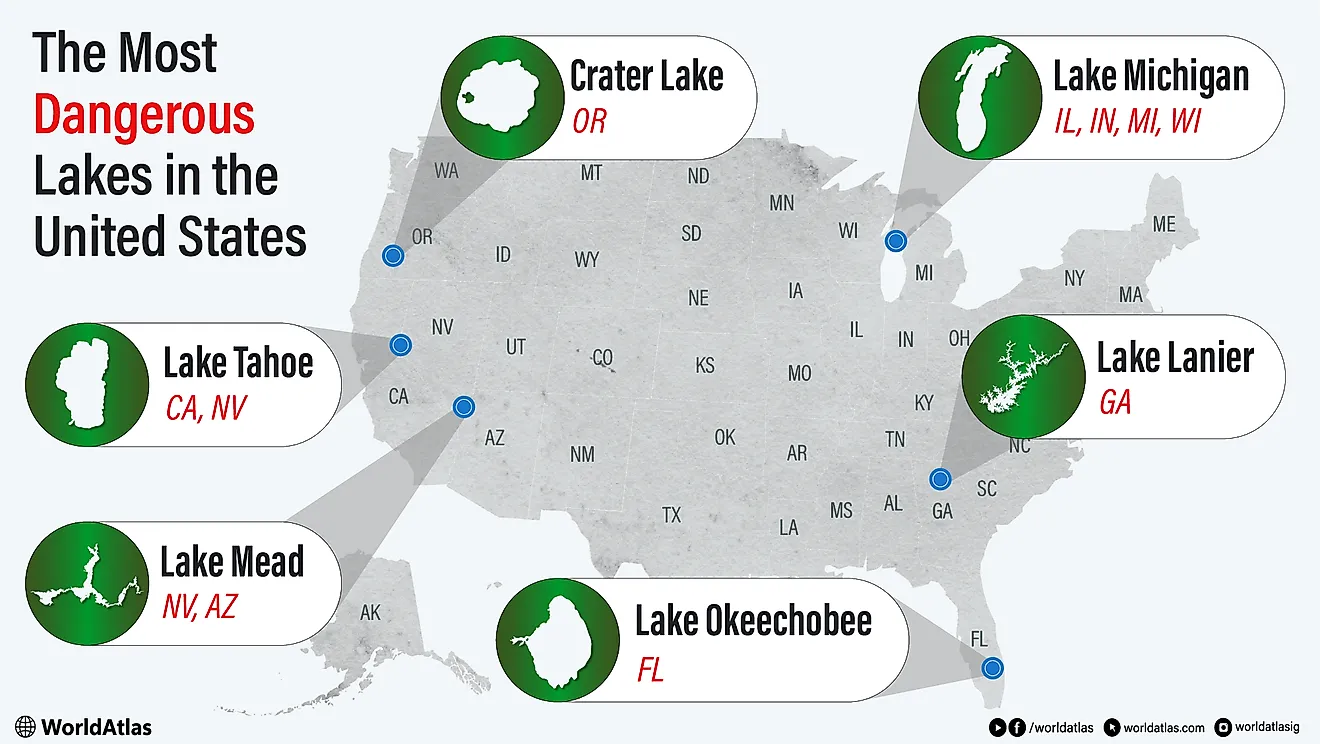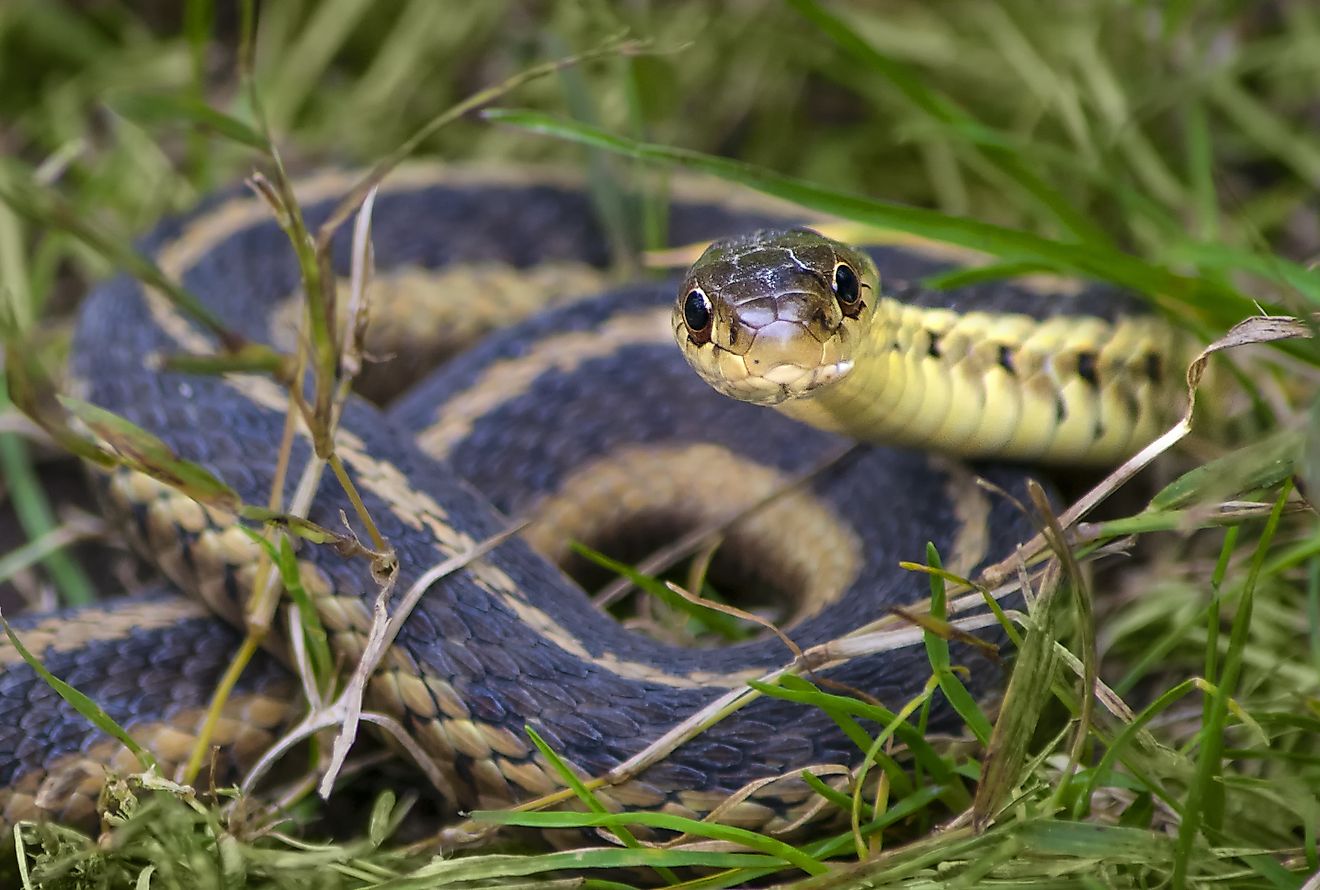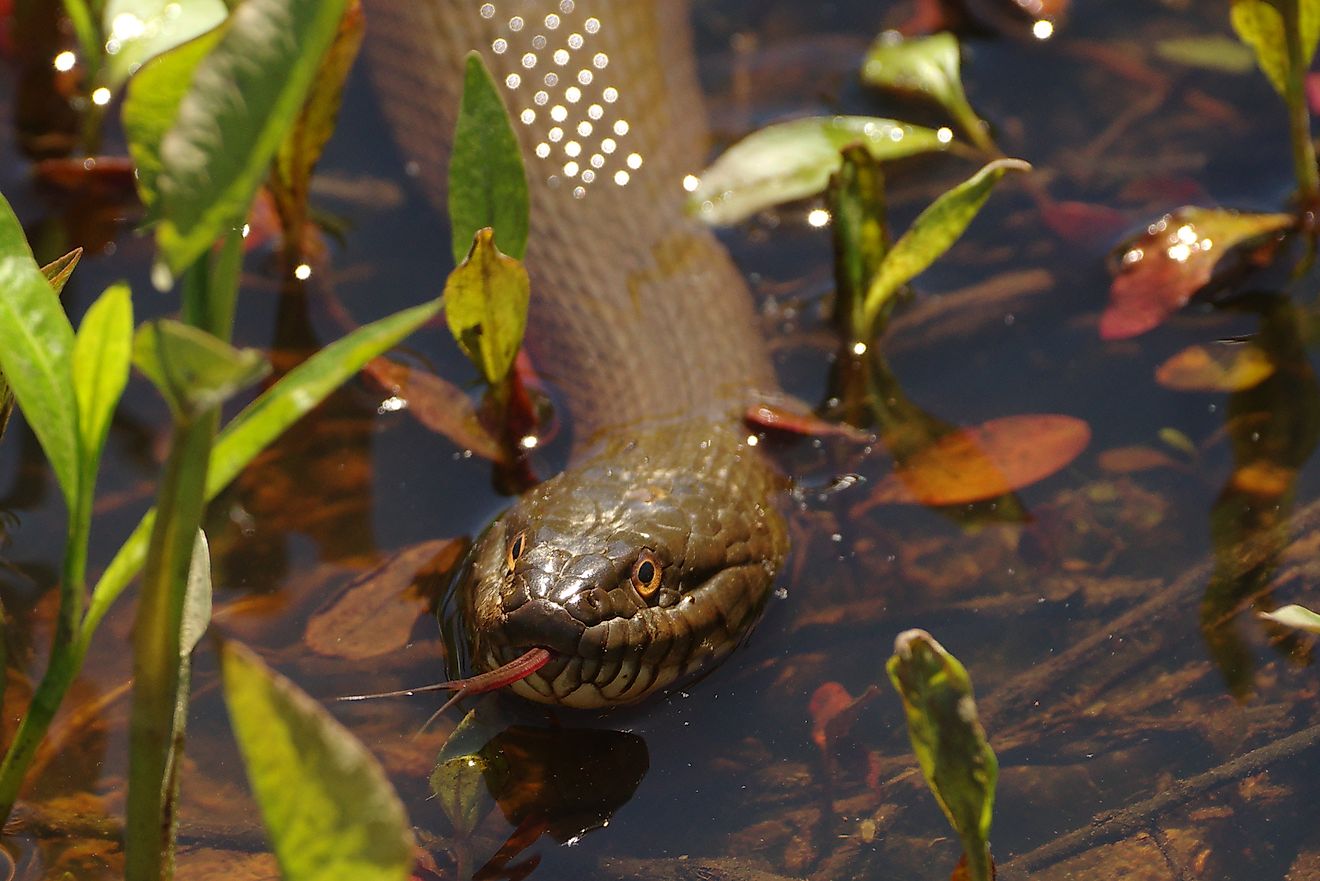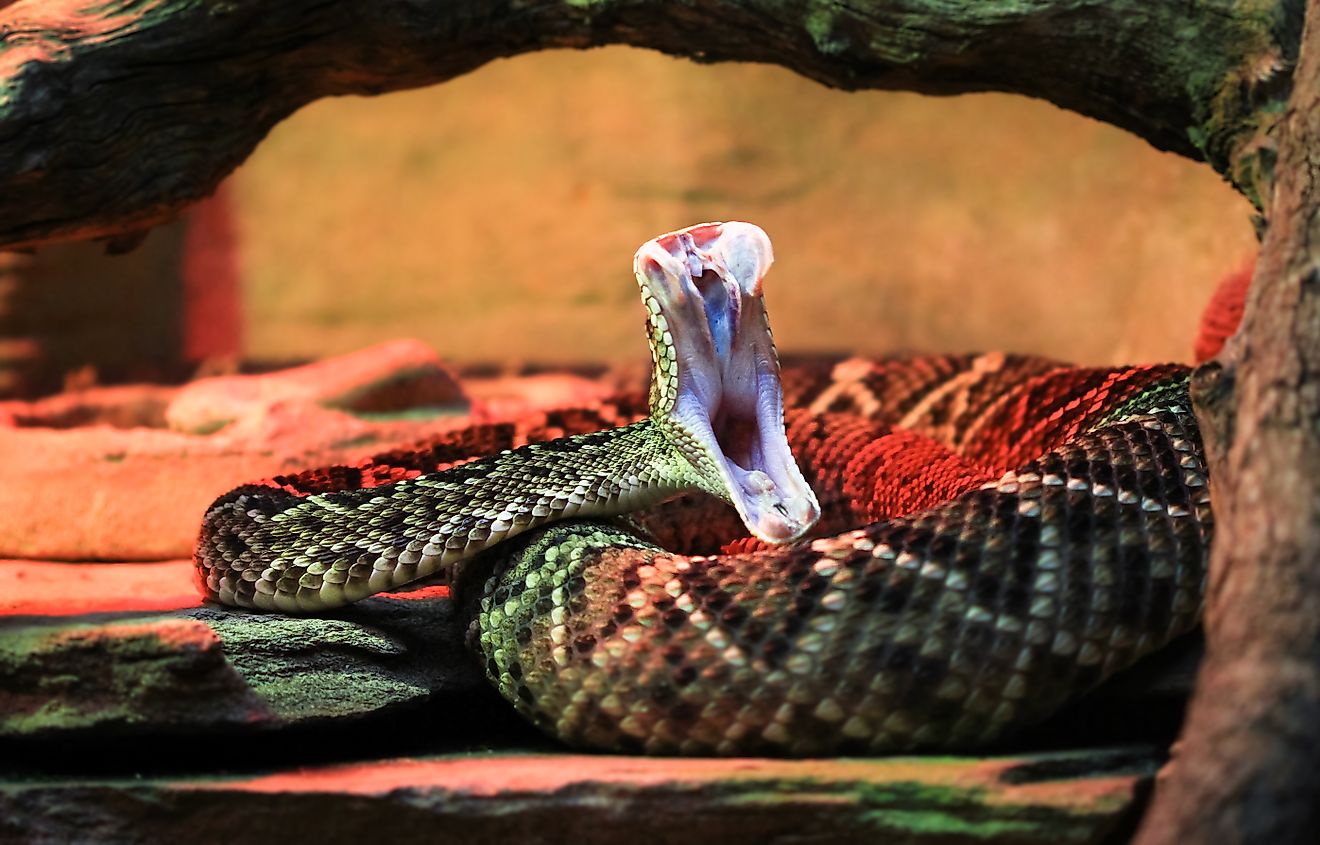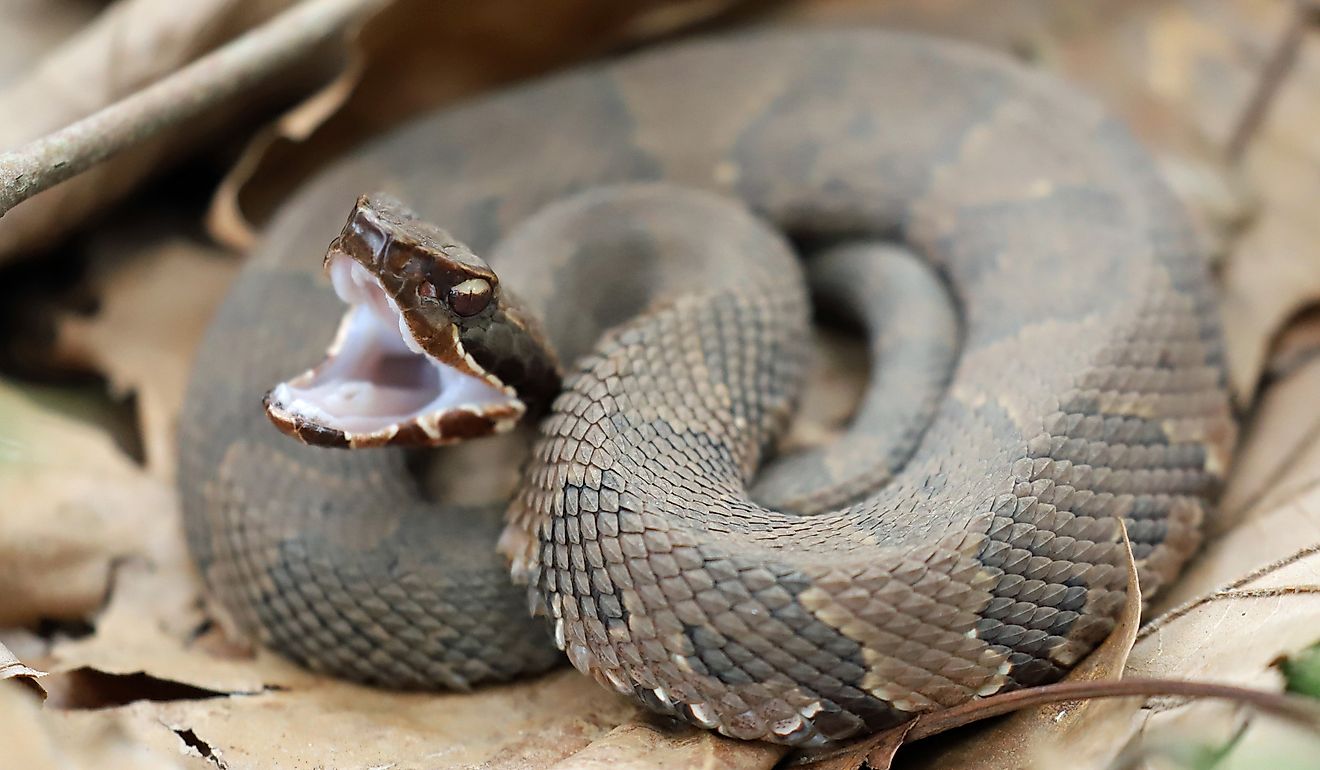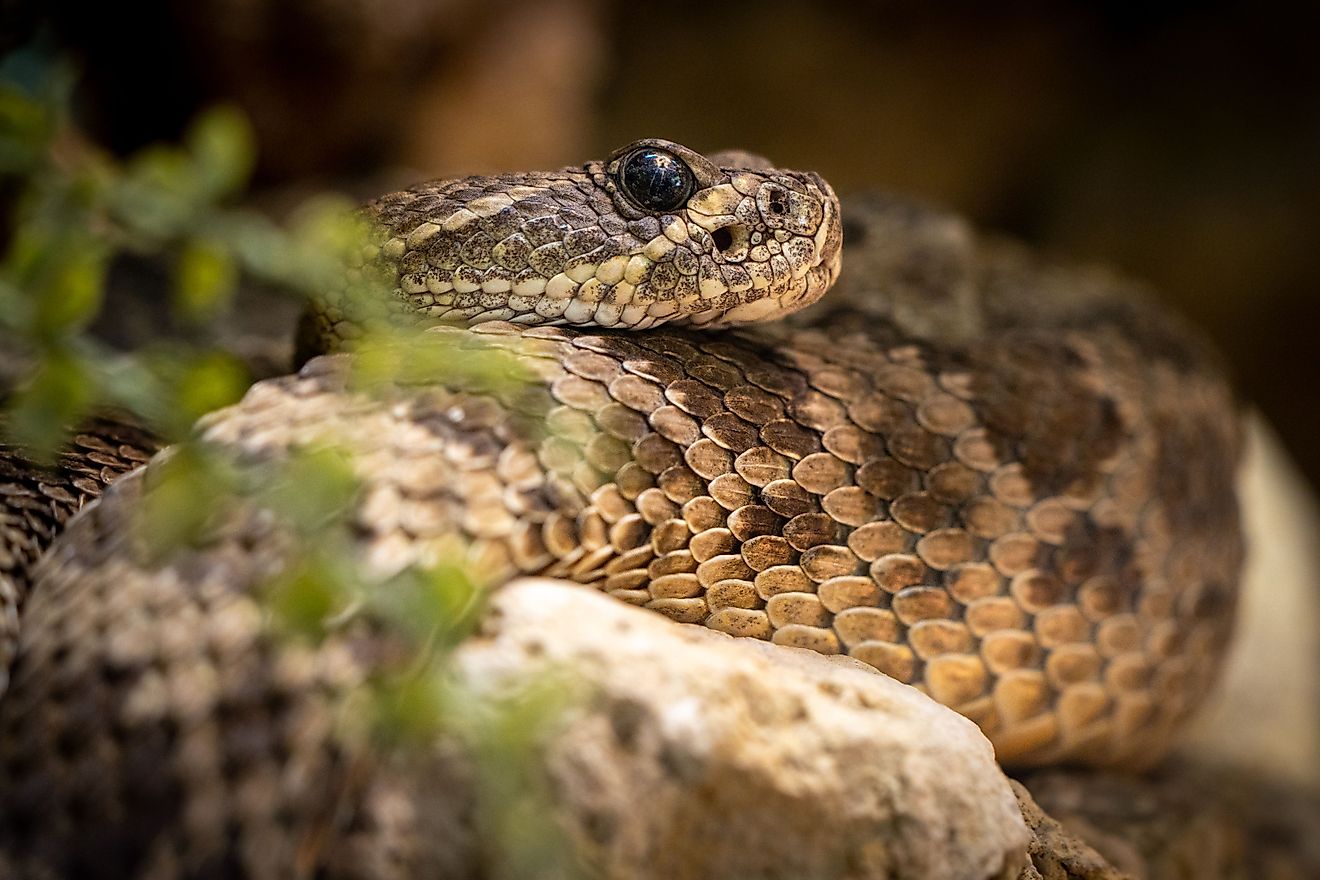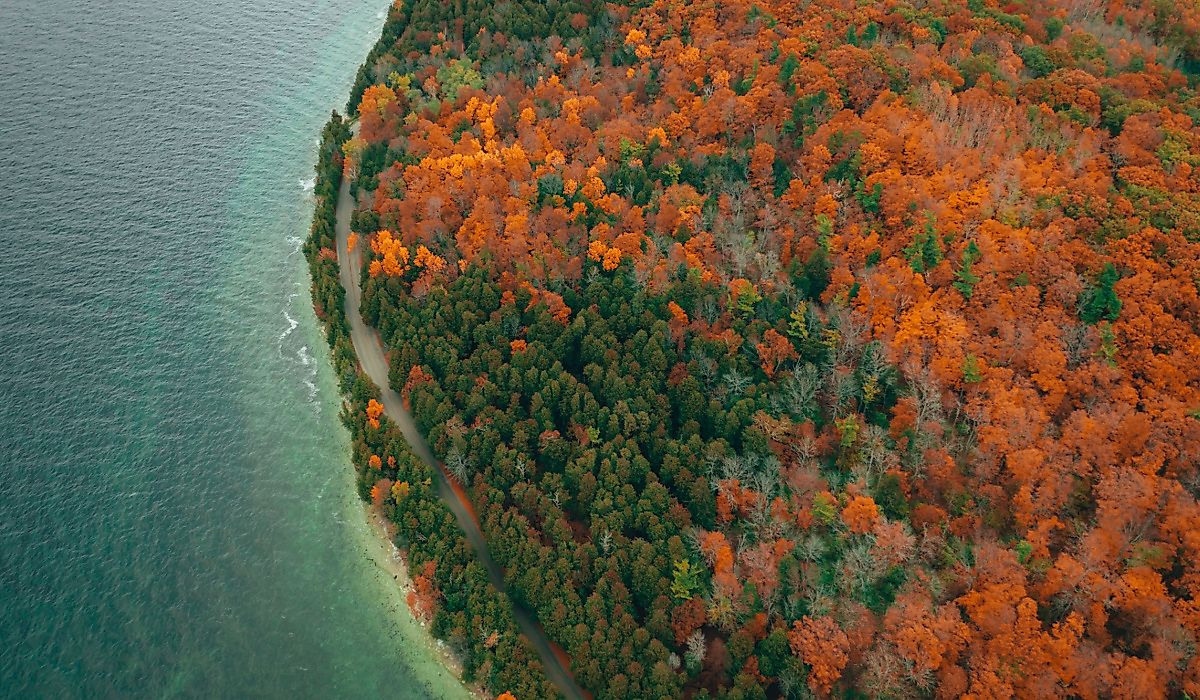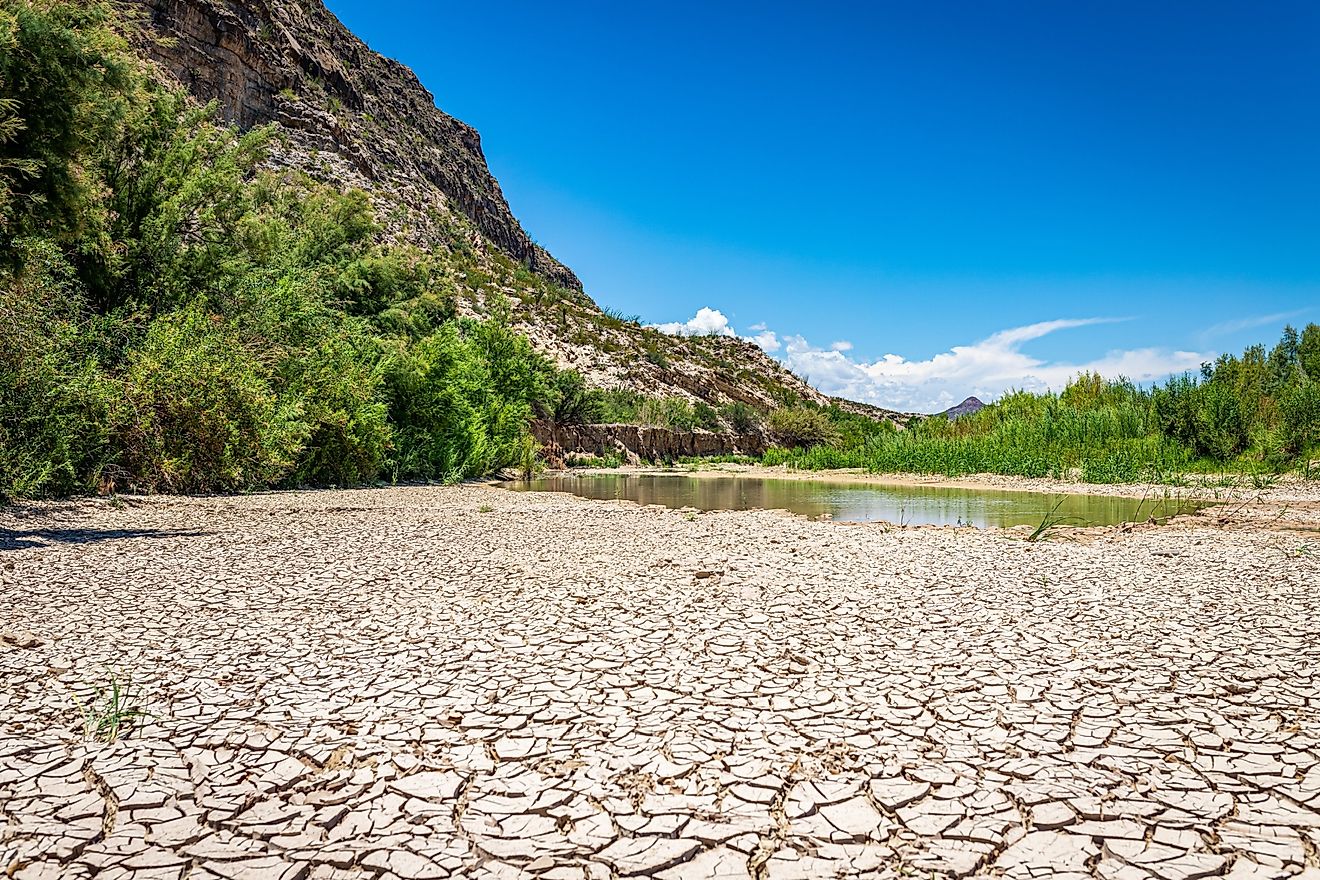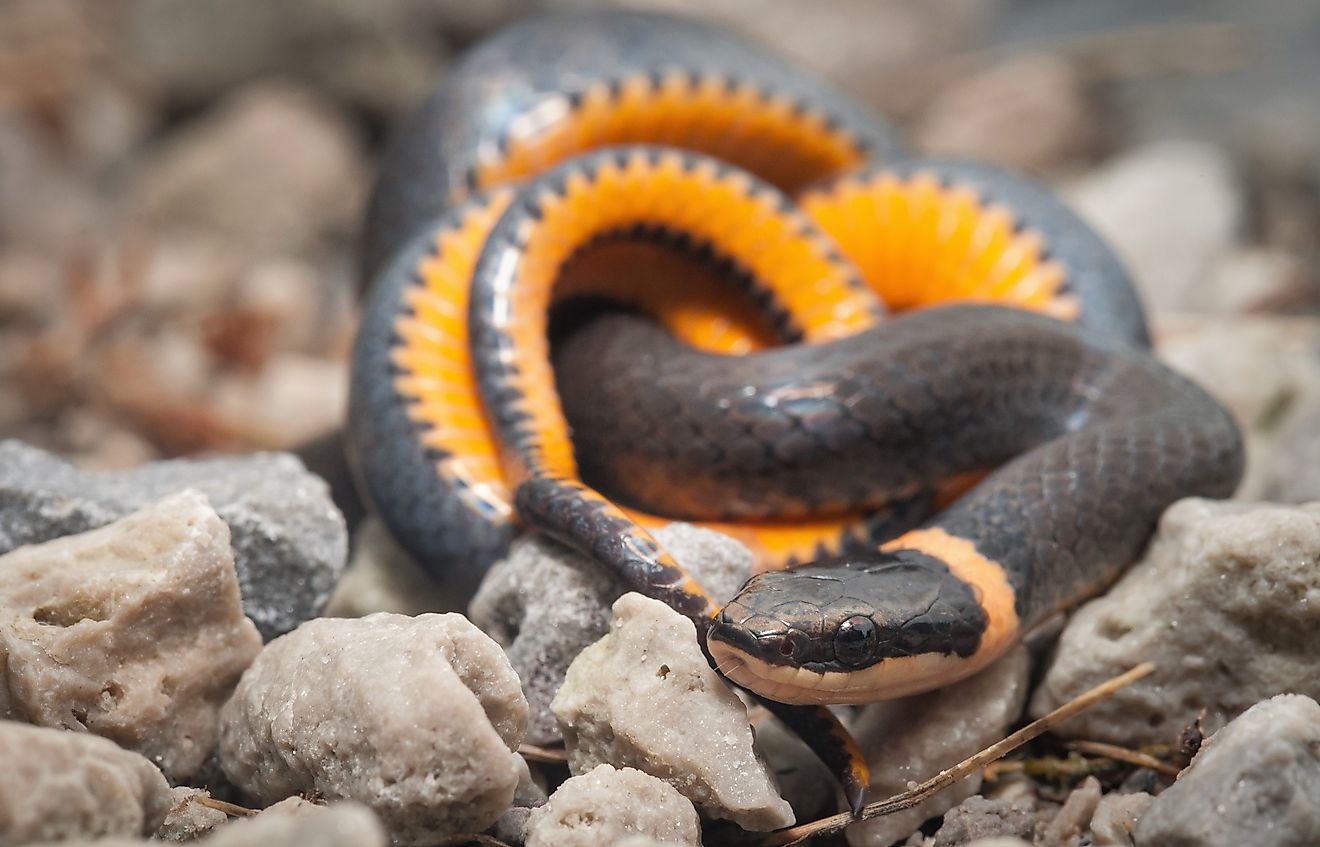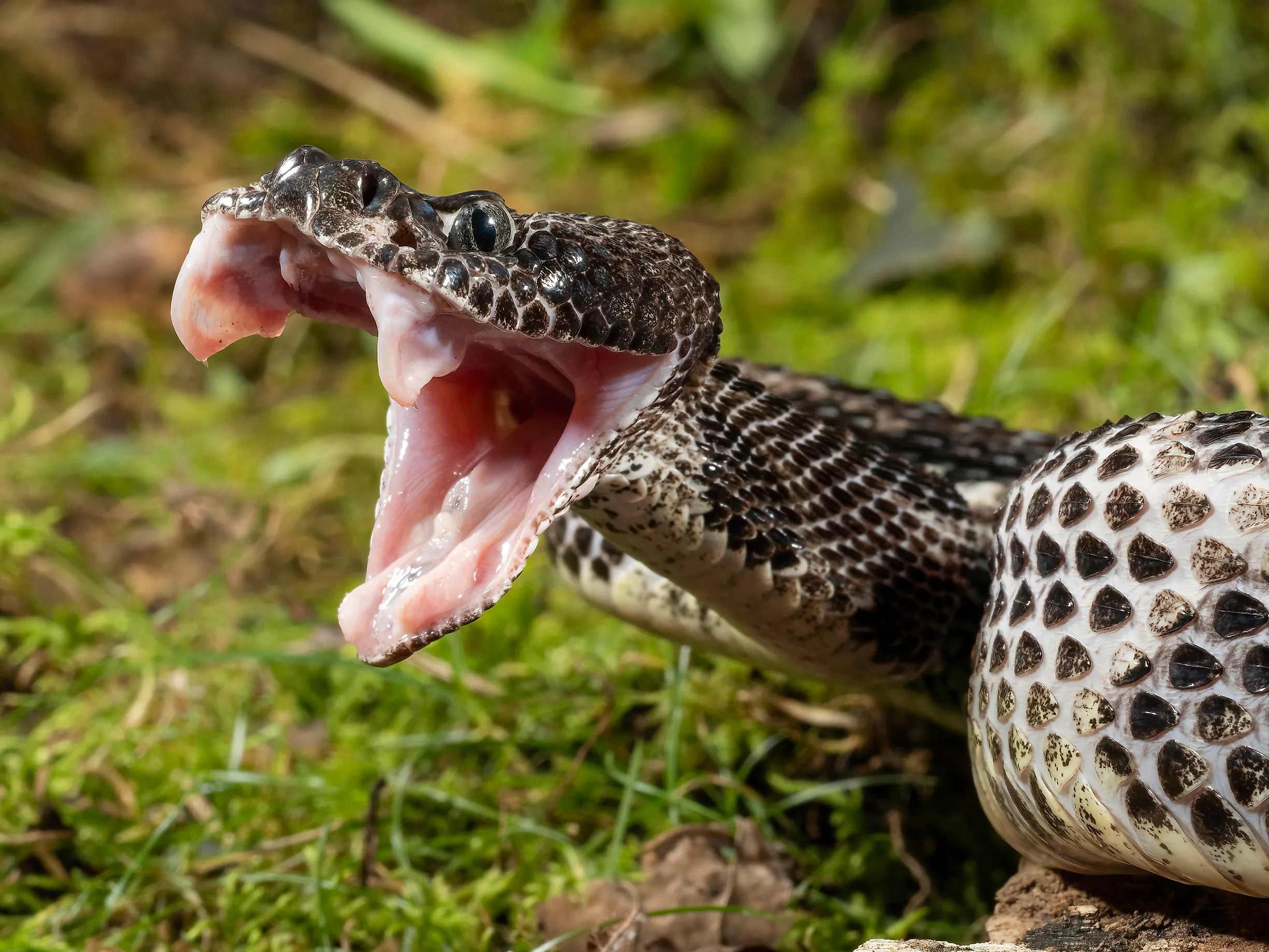
5 Most Snake-Filled Bodies Of Water In Wisconsin
Wisconsin, nestled in the Great Lakes region of the United States, is a wonderland for wilderness and wildlife. Owing to the vast lakes, ample farmland, and outdoor landmarks like the Chequamegon-Nicolet National Forest, diversity is abundant. Among these, water bodies like Lake Michigan are hotspots for life, with all kinds of animals thriving in the coastal forests and waterfront beaches. While most are harmless, snakes are one type of animal that you may want to keep an eye out for. Home to over 20 species of snakes, Wisconsin’s bodies of water are a prime habitat for many, such as the water-loving common watersnake and the venomous timber rattlesnake. To make sure you know which species to look out for and where in the Badger State, these are some of the state’s most snake-filled bodies of water.
Mississippi River
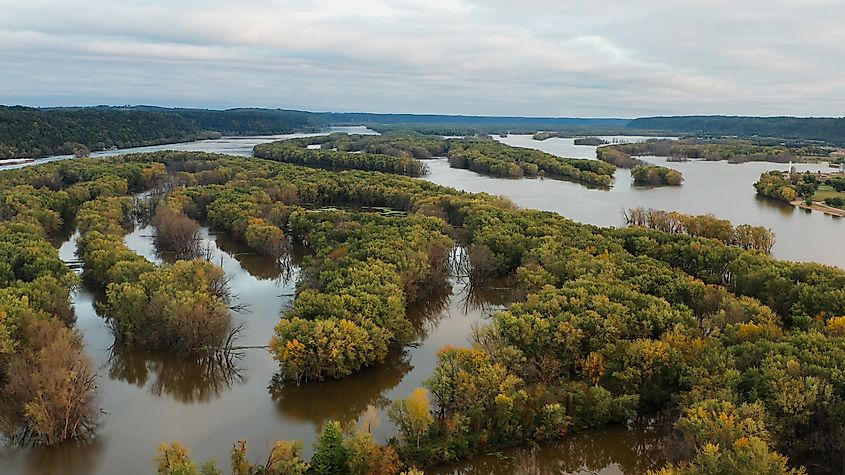
As the second-largest river in the United States, the Mississippi River is a hub for recreation, agriculture, and wildlife. The river spans a whopping 2,340 miles (3,770 km) through 10 states, including Wisconsin. The part in Wisconsin is approximately 230 miles long along the state’s western border and has many waterfront landmarks. Some of the most popular are Perrot State Park and Wyalusing State Park, where tourists can spend their time hiking, biking, boating, and fishing.
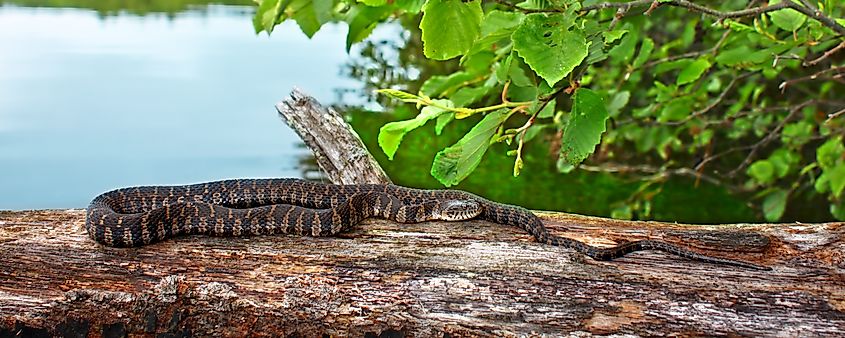
Throughout its journey in Wisconsin, the Mississippi River crosses various types of terrain, from blufflands to farmland and floodplains. Due to this, many snakes are able to thrive along the banks, using lush forests and debris as cover. Some of the most common are the northern watersnake (Nerodia sipedon), the bullsnake (Pituophis catenifer sayi), and the timber rattlesnake (Crotalus horridus). While the first two are non-venomous, the timber rattlesnake is one of North America’s most venomous species. The average specimen can reach a length of 60 inches (152 cm) and features a prominent yellowish-brown coloration with dark stripes. While they hibernate during the winter, they are quite active in warmer months and can bite if provoked. Urgent medical care is advised if bitten, as they have a large venom yield and long fangs. Thus, make sure you avoid stepping near one when along the Mississippi River.
Devil’s Lake State Park
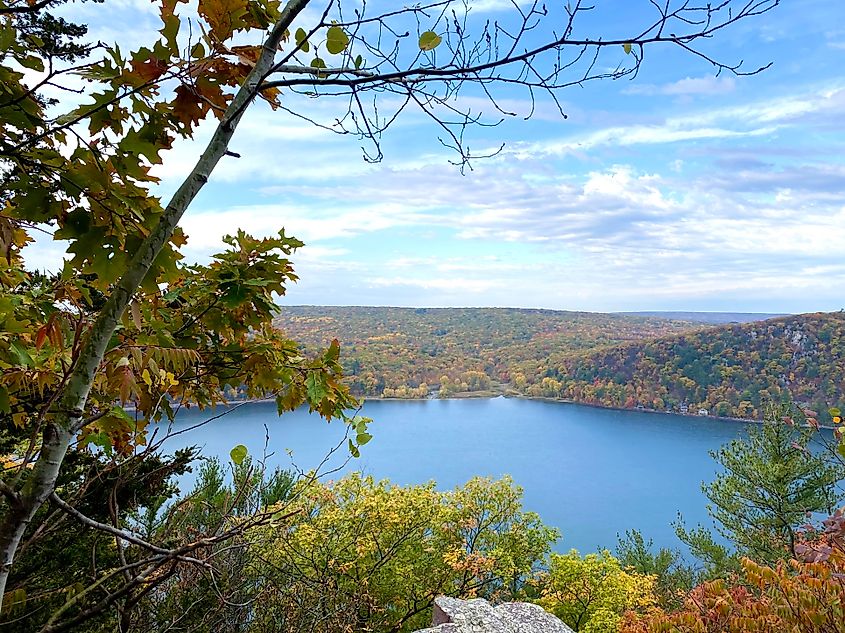
While technically a state park, Devil’s Lake State Park’s magnum opus is Devil’s Lake, a 374-acre lake known for its scenery. The lake got its name as it lies in a deep chasm, which seems to have no entry or exit. Today, it has become a popular destination for hiking, boating, fishing, and climbing. Hiking is among the most popular, as the surrounding cliffs offer a panoramic viewpoint of the forests and tranquil waters. Along with being one of the most beautiful bodies of water on this list, Devil’s Lake is full of life, from walleyes within the water to geese and ducks around it.
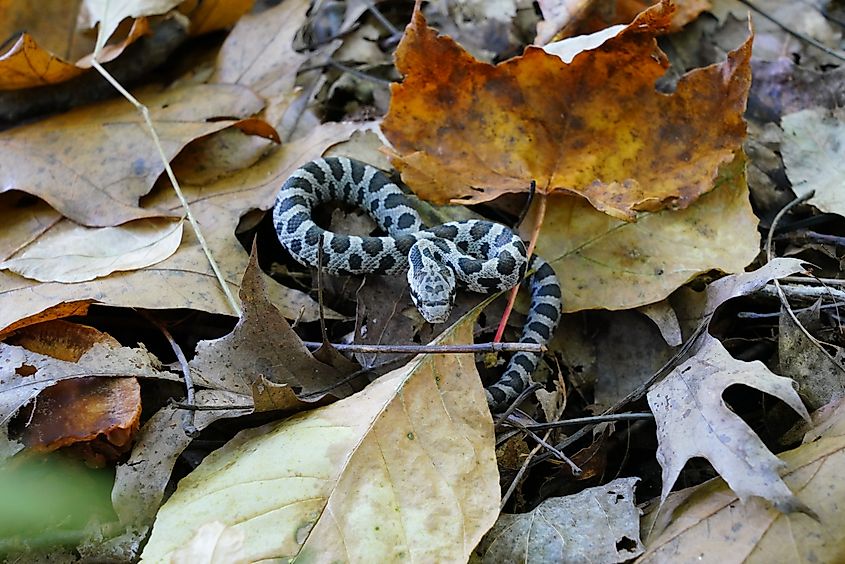
Reptiles also follow suit, and the northern watersnake is a common swimmer in its waters. This large, non-venomous species of snake is native to North America and is one of the most prevalent throughout the region. It is known for its brownish coloration and dark bands, although some also sport a completely black coloration. Due to this, many people mistake it for the cottonmouth, a venomous relative. Thankfully, these snakes rarely bite, and their bites are not harmful, so hiking around Devil’s Lake is not as dangerous as it may sound. That said, rare sightings of the timber rattlesnake are also noted, so stay alert.
Lake Winnebago
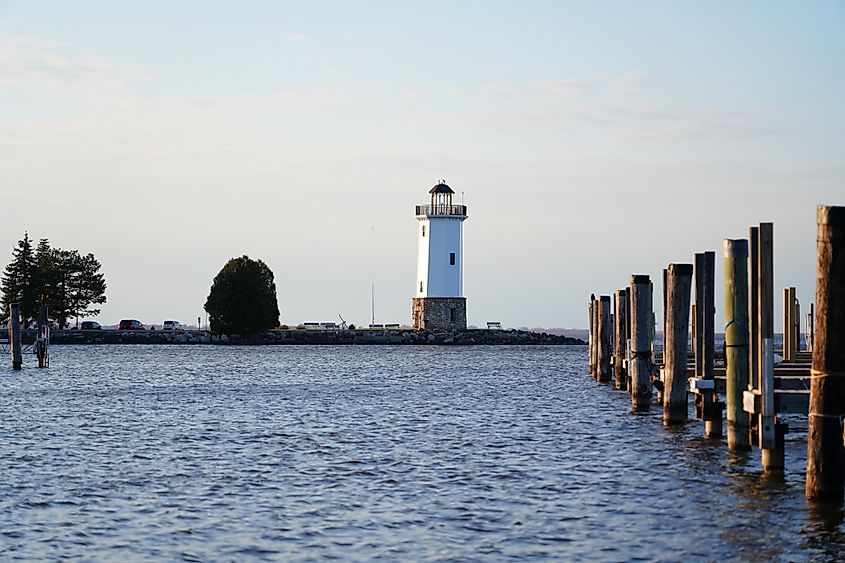
Lake Winnebago is a 130,000-acre freshwater lake nestled in east central Wisconsin. It is the largest lake located entirely in Wisconsin and is also one of the state’s most snake-filled bodies of water. The common garter snake (Thamnophis sirtalis) and eastern garter snake (Thamnophis sirtalis sirtalis) are the most prevalent here and are often spotted in and around the lake. The eastern garter snake can reach lengths of up to 26 inches (66 cm) and is easily identifiable by its brownish coloration and yellow stripes. While considered non-venomous, eastern garter snakes have a Duvernoy’s gland, which secretes a substance that causes hemorrhaging in mice. Thankfully, it is not strong enough to produce significant effects in humans. These snakes prefer waterside areas and will hide under logs, debris, stones, and similar places, so it is best to stick to trails when out around the lake.
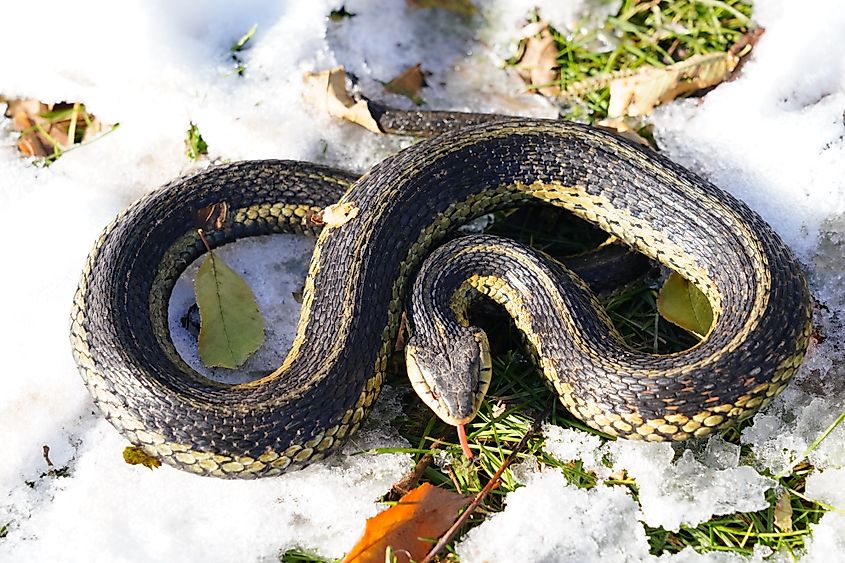
Apart from the snakes, the lake is popular for its events, ranging from fishing tournaments to ice racing competitions. Ice fishing is also commonplace, as the lake freezes over during winter to the extent that people park their cars on the ice and spend time fishing for sauger and walleye. Moreover, Lakeside Park in Fond du Lac boasts 400 acres of outdoor area, with picnic shelters, a marina, a boat launch, and a train ride, so there is something for everyone to enjoy. Just be sure to watch for snakes!
Fox River
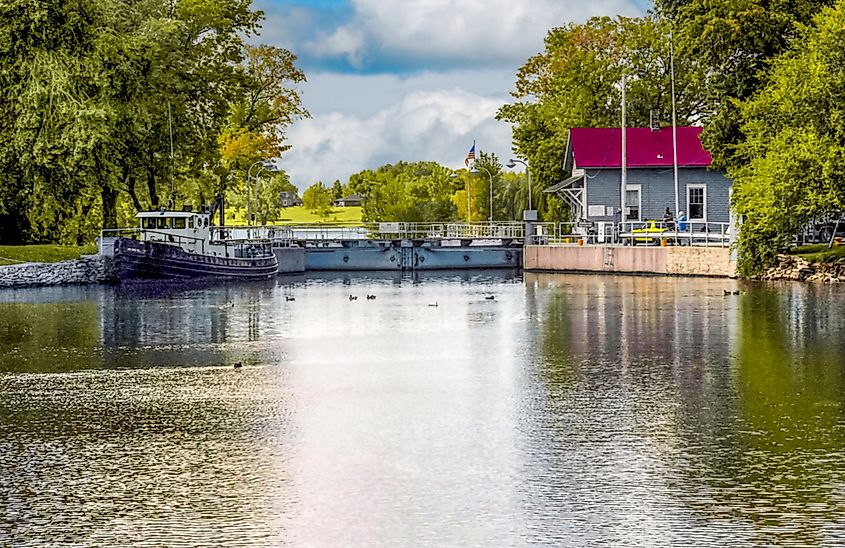
Located in Wisconsin and Illinois, the Fox River is a 202-mile (325 km) long river that flows through Lake Winnebago. It is a tributary of the Illinois River and is one of the busiest waterways in the southeastern part of the state. Various lakes are connected via this river, offering plenty of waterfront and green space ripe for wildlife and outdoor activities. Many towns also run along the shoreline, such as Waukesha and Burlington, both bustling communities. With so many people living near and visiting the river, it is essential to know which snakes to watch out for. The most common species, and one rarely seen elsewhere, is the eastern foxsnake (Pantherophis vulpinus). This reddish-brown snake has darker blotches along its body and reaches lengths of around 56 inches (142 cm). It primarily eats rodents and can often be seen hidden under and around debris. Similar to the northern watersnake, it is also often mistaken for the copperhead, which is a much more dangerous species. Apart from the eastern foxsnake, the northern watersnake, and the common garter snake also thrive here, making it one of Wisconsin’s most snake-filled bodies of water.
Lake Michigan
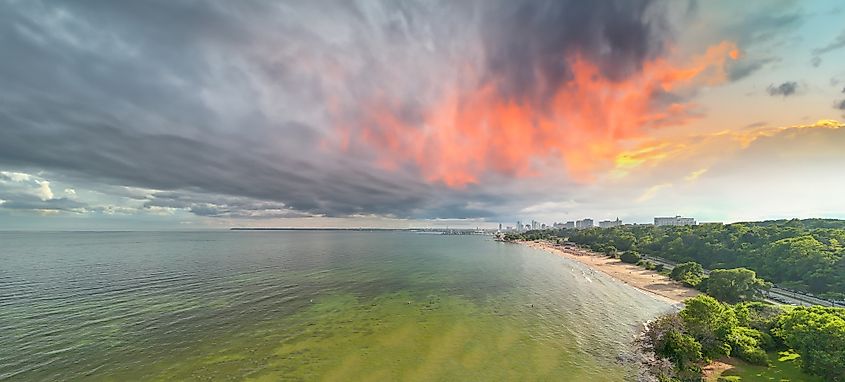
Part of the Great Lakes, Lake Michigan is one of North America’s grandest bodies of water. Its shoreline stretches across multiple states, from Wisconsin to Michigan. The portion in Wisconsin forms a more than 400-mile shoreline, which comprises some of the state’s most scenic and verdant areas. Bustling centers like Milwaukee, small towns such as Manitowoc, and outdoor areas like Point Beach State Forest create a vibrant coast abounding with opportunities. Whether you want to grab a bite at Ferch’s Beachside Grille or go for a hike through the Potawatomi State Park, people are always out and about along the waters.
With so many people roaming freely, knowing which snakes you might encounter is very important. Along the shoreline and in the brushier wetlands, one of the more common species is the plains garter snake (Thamnophis radix). This slender, non-venomous species is often mistaken for its eastern cousin but is distinguished by its bright yellow stripes and a checkered pattern along the sides. Although completely harmless, it may flatten its body or release a foul-smelling musk when threatened. It prefers grassy and open areas near water, often hiding beneath rocks or driftwood. The common watersnake, another frequent resident, is also found in the shallows. Dark brown or gray with darker bands, this snake is often seen basking on logs or swimming in shallow waters, and though intimidating in appearance, it does not pose any danger if left undisturbed.
These Are Wisconsin’s Most Snake-Filled Bodies of Water
From the scenic cliffs at Devil’s Lake to the vast shoreline of Lake Michigan, Wisconsin’s waters are home to more than just fish and ducks. Snakes are an essential part of the ecosystem, helping control rodent and insect populations. While a few species like the timber rattlesnake warrant caution, most are harmless and keep to themselves. By knowing what to expect and where, you can better enjoy the trails, parks, and beaches the Badger State has to offer, just be sure to watch where you step.
